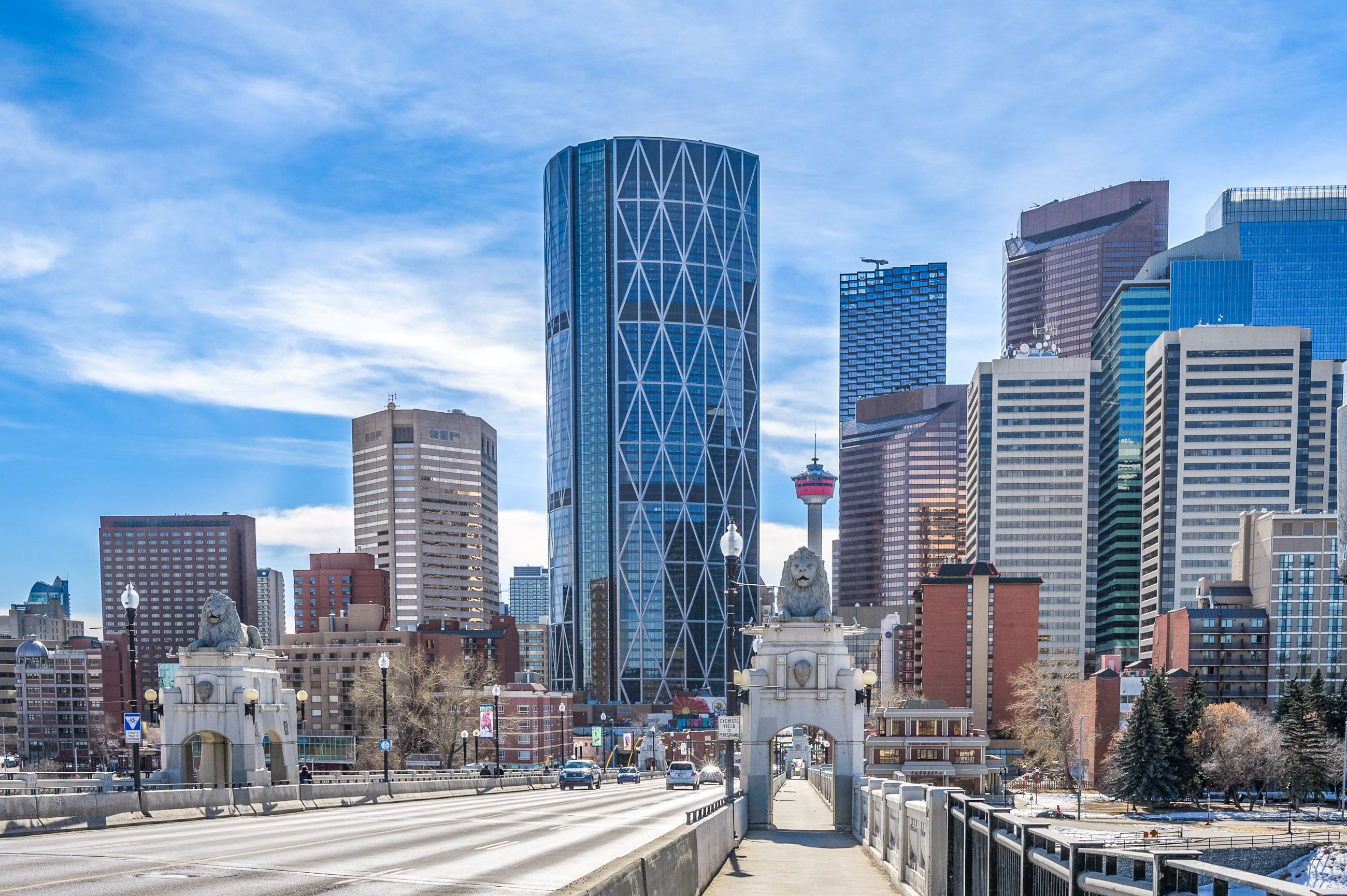CBBarnett
Senior Member
There's lots of weirdness out there - and not surprisingly - its incredibly wasteful and always pro-car, even when it makes no sense and offers no actual benefit to driving or parking. Would be curious to know more about the push-pull of different players and policies that result in these suboptimal designs.It's not just seton, passed by the new developments north of Sage Hill and those roads are massive, some even have medians on a supposedly "residential" street. On a slightly different note, why do so many people like to park on the street when they all clearly have a garage? I can't imagine parallel parking in front is really saving you that much time compared to the garage.
Take this street with all front drives in Sage Hill. It's not an overly wide road, but also it has no function for street parking at all - there's too many driveways so there's no legal parking available regardless. Not that you need street parking - every house has 2 car garage + 2 car driveway, so 4 stalls.
So we don't need street parking, what's the width that can fit a fire truck with 2 travel lanes? Should be about 3 - 3.5m per lane x 2 lanes so about 6 - 7m, right? Nope it's 9m wide - because....?
That extra 2 - 3m could have been a street tree and grass boulevard. It's not that this street needs to be some sort of radical, European-style walkable paradise - perhaps a bridge too far from our current practices - it's that we seem to have paved an extra 2 - 3m for no apparently reason, at great cost and to no benefit for anyone:








